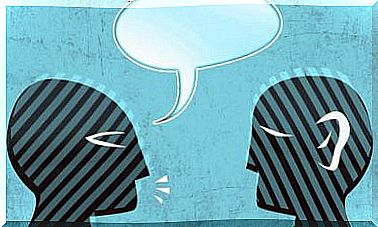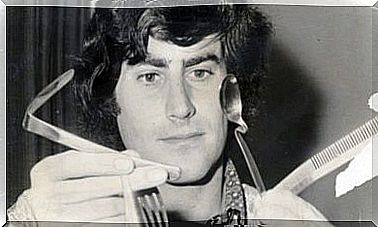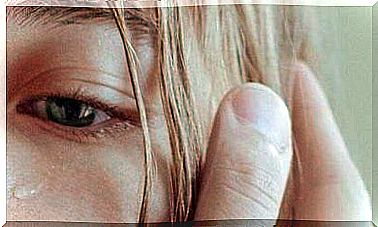Jeffrey Young’s Schema-centered Therapy
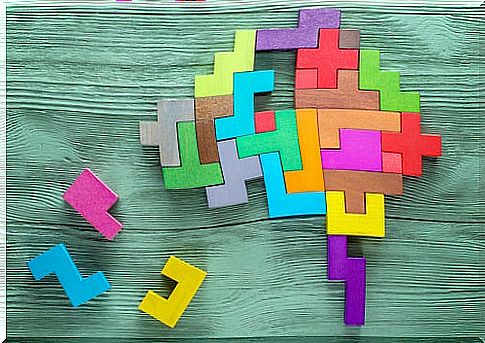
Jeffrey Young’s schema-focused therapy is very effective in cases of chronic psychological disorders or when they do not respond to other therapies. This interesting approach integrates attachment theories, Gestalt currents, constructivism, some elements of psychoanalysis and also the cognitive-behavioral bases themselves.
If there is one thing that every psychologist knows, it is that there are clinical realities that are very difficult to deal with. The causes can be several: the patient’s own personality, the relapse rate and even the disorder itself. Consider, for example, that conditions such as personality disorders (borderline, antisocial, histrionic, etc.) present multiple challenges for every professional.
Even more, this type of psychological realities greatly benefit from broader approaches, where they combine psychological therapy itself with social education, workshops and even with practices such as Mindfulness, as revealed by a study carried out by the University of Texas and New York City.
Integrative approaches work, and the most prominent of these is undoubtedly schema-focused therapy, a strategy that was once a breakthrough over Aaron T. Beck’s cognitive treatment.
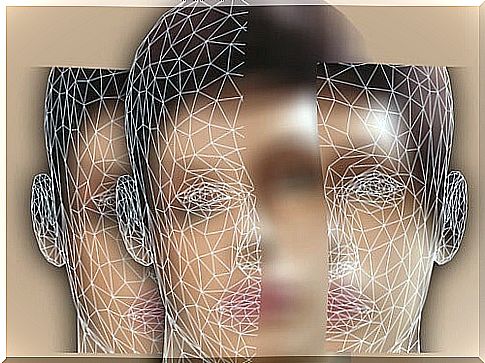
Schema-focused therapy, an integrative approach
Psychologist Jeffrey E. Young has spent the past 20 years developing schema-focused therapy from his experience, and the clinical demands that he has had to deal with every day. Thus, his book Schema therapy, a practitioner’s guide , stands as an interesting and comprehensive manual. In it, he not only offers the keys so that professionals can tackle the most complex personality disorders.
It also serves as an exercise in reflection to understand that sometimes it is not good to make exclusive use of a single psychological school. Integrative approaches such as schema-focused therapy leverage the most effective resources in other schools for the benefit of the patient. So let’s see what it consists of.
What are your goals?
This therapy seeks, as the word itself indicates, to identify the dysfunctional patterns of the person that push him to think and behave in a way that is problematic and harmful to himself. To do this, apply the following guidelines:
- Unlike the cognitive-behavioral school, it does not make use of confrontation or guided discovery. It is based more on emotional and affective therapy.
- Likewise, it should be noted that more sessions are needed than in other types of therapies to achieve an adequate and firm alliance with the patient.
- Dysfunctional schemes that were established in childhood are sought.
- The professional tries to work on the patient’s sense of identity, his capacity for self-control, his emotional communication, autonomy and the sense of competence.

For which patients is schema-focused therapy useful?
Schema-focused therapy is especially effective for all those disorders contained in Axis I of the DSM-V (Diagnostic and Statistical Manual of Mental Disorders). They are the following clinical conditions:
- Anxiety disorders.
- Mood disorders.
- Dissociative disorders.
Likewise, Jeffrey Young himself points out the following:
- Schema-focused therapy is beneficial for all those people who cannot easily talk about their emotions, thoughts, and feelings. Whenever there is a blockage or a strong refusal to do so, this approach will be useful.
- Patients with existential crises or even low motivation for their own therapy will also benefit.
The two pillars of schema-focused therapy
Schema-centered therapy works on two basic areas, two theoretical concepts that it will gradually unravel throughout each session. They are as follows.
Identify the schemas that explain the behavior
Within cognitive-behavioral psychology, a schema is a pattern that determines the way we think and behave. Many of them lead us to discomfort, suffering and to establish from unhappy affective relationships to leading a self-destructive lifestyle.
Jeffrey Young emphasizes the importance of understanding what early life experiences are, and also discovering what the emotional temperament of the patient is like. In this therapy, the main focus is on the detection of these patterns and the dynamics that originated them.
Coping style
Starting from how our schemes are, we will apply one way or another to cope with daily challenges and events that occur in our reality. Dr. Young distinguished four types of problematic styles:
- The avoidance, when we limit ourselves to flee and escape from our responsibilities.
- Of abandonment. The person experiences sadness, fear and defenselessness every time they have to face something, they feel incapable, empty and without any resource to face life. Something very common in the most resistant depressions.
- Counterattack style. In this case, the patient usually reacts with some violence or oversized everything that surrounds him. They are extreme responses to everyday problems in life. This type of reality is common in borderline personality disorders.
- The last style is that of “defectiveness. ” It is a type of attribution where the patient feels “defective”, perceives that there is something inadequate or failed in him to face his day to day.

On average, schema-focused therapy usually lasts about a year. It is a deep and laborious job that requires a work in tune with the patient. Thus, and from that therapeutic connection, it seeks to identify those problematic schemes that backbone the disorder or the suffering of the person.
Later, through gestalt techniques, psychoanalysis, cognitive-behavioral therapy and emotional therapy, an attempt is made to redirect the person towards the construction of new, more valid, effective and above all healthy schemes. It is a type of therapy as interesting as it is useful in many cases.
